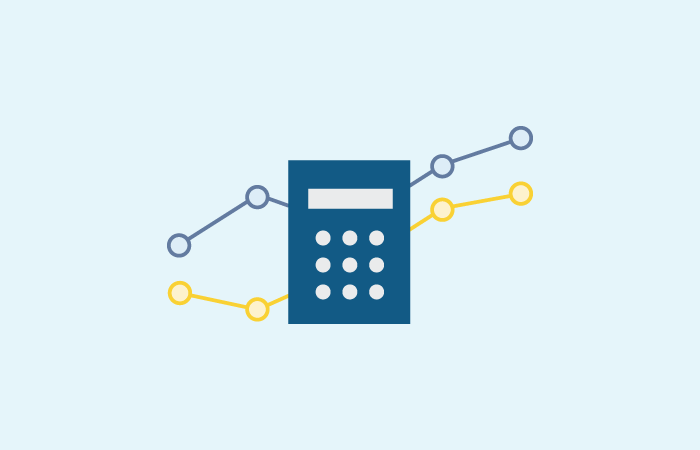The transition matrix model (TMM) determines the probability of default (PD) of loans by tracking the historical movement of loans between loan states over a defined period of time – for example, from one year to the next – and establishes a probability of transition for those loan types between different loan states.
That is, it determines the likelihood or probability of those loans moving from one state to another. It then runs those time-bracketed transition probabilities through Markov chains to determine long-term default rates. You apply and reapply the probabilities to determine a lifetime default rate for a particular category of loans.



